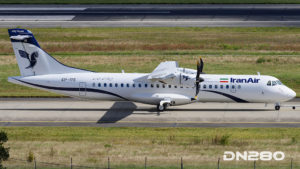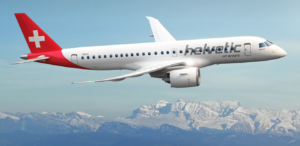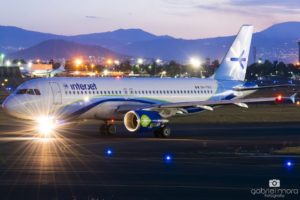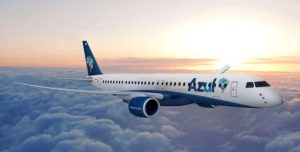DUBAI (Reuters) – Iran needs some 500 planes and would likely back buying the Sukhoi Superjet 100 if Russia is willing to sell them to its airlines, Iranian news agencies reported the country’s top civil aviation official as saying on Wednesday.
Iran needs to upgrade its ageing passenger fleet and is seeking to avert U.S. sanctions on Tehran.
The U.S. Treasury has revoked licences for Boeing Co (BA.N) and Airbus (AIR.PA) to sell passenger jets to Iran after President Donald Trump pulled the United States out of the 2015 Iran nuclear agreement in May and reimposed sanctions.
Most modern commercial planes have more than 10 percent in U.S. parts, the threshold for needing U.S. Treasury approval.
But Russian officials have been reported as saying Sukhoi is working on reducing the number of U.S. parts in the hopes of winning an Iranian order for up to 100 aircraft.
“If the Iranian airlines want to use this aircraft (Superjet 100 ) and the seller is willing to sell it to Iran, the Civil Aviation Organization is ready to issue its final comment on this aircraft,” the semi-official Fars news agency quoted Ali Abedzadeh, head of the Civil Aviation Organization, as saying.
“But this aircraft has adhered to world standards and is flying currently, therefore there is no reason for us to reject it,” Abedzadeh told Fars.
Flag-carrier IranAir had ordered 200 passenger aircraft – 100 from Airbus, 80 from Boeing and 20 from Franco-Italian turboprop maker ATR (LDOF.MI) before U.S. licences were revoked.
“The airlines have proposals for plane purchases and we are trying to devise regulations that will ease their aircraft imports. Considering Iran’s very large market, we need 500 planes now,” Abedzadeh was quoted as saying by the semi-official Tasnim news agency.
Reporting by Dubai newsroom; Editing by Alexander Smith
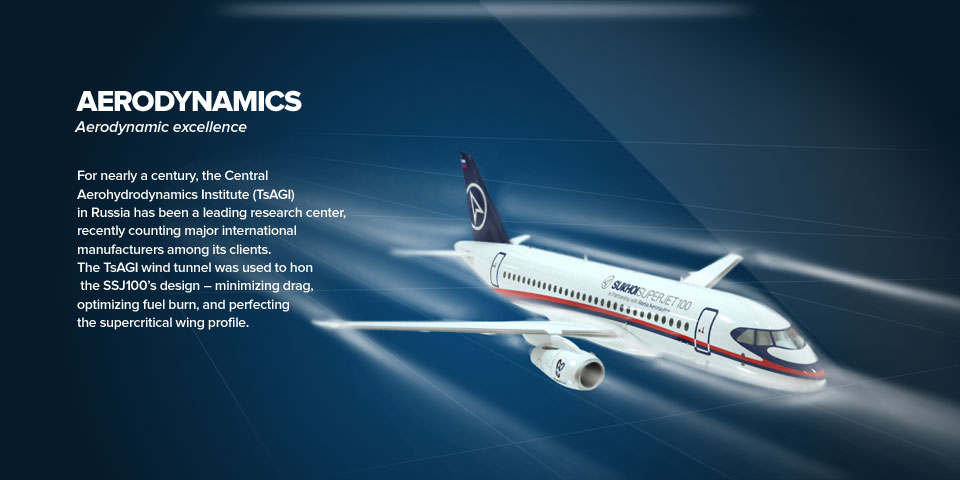
Image from http://www.scac.ru/en/
